How To Avoid A Renovation Nightmare: 8 Must Know Tips To Find The Right Interior Designer

Get The Property Insights Serious Buyers Read First: Join 50,000+ readers who rely on our weekly breakdowns of Singapore’s property market.
A seasoned content strategist with over 17 years in the real estate and financial journalism sectors, Ryan has built a reputation for transforming complex industry jargon into accessible knowledge. With a track record of writing and editing for leading financial platforms and publications, Ryan's expertise has been recognised across various media outlets. His role as a former content editor for 99.co and a co-host for CNA 938's Open House programme underscores his commitment to providing valuable insights into the property market.
Navigating the world of home renovation can feel like embarking on a treacherous expedition if you’re new to it. Stories of renovation nightmares have become all too real for many unfortunate homeowners. Tales of unfinished jobs or lengthy delays, shoddy workmanship, and ballooning budgets are plentiful, and they aren’t just cautionary tales to spook first-time renovators. They’re harsh realities that could easily become your own if you’re not careful in selecting the right interior designer to shepherd your project.
So you’re probably asking, “How do I dodge these pitfalls? How do I sift through the plethora of interior designers out there to find ‘the one’?” This isn’t a stroll in the park, mind you. It’s a serious endeavour that can have a massive impact on your living space, finances, and stress levels.
From unexpected delays to going over budget, there’s a real risk of going through a renovation horror story yourself. As switching IDs mid-project is always a nightmare, here’s how to get it right the first time around:
1. Word-of-mouth referrals are the best way to go
A time-tested method is to have your friends and family “curate” the list of IDs for you. If an ID does a good job, their clients will be happy to recommend them. However, do try to ensure it’s recent enough, and that the people in the design firm are the same ones. If your relative’s renovation was 10 years ago, for example, some of the former designers may have moved on.
We would be careful of accepting referrals from realtors, as sometimes the property agent receives referral fees from IDs. Properly speaking, they are supposed to tell you if they have such an arrangement, but we’ve heard of cases where they keep it quiet.

If you really don’t have any close contact that has a good referral, do be wary of reading reviews online. We’ve heard of cases where the IDs incentivise homeowners to give good reviews on Google, whether or not the project was a complete success. There have also been stories of how the bigger ID companies have threatened to sue some homeowners for “damaging their reputation” with a bad review, and unfortunately for fear of retaliation, they don’t publish the real reviews online.
Another tip is to look for reviews of the designer and not of the company. For the bigger companies with more reviews, don’t be taken in by all the reviews, as that might not be the designer you actually get.
2. Check the portfolio, because not all IDs are good for every style
Some IDs are better at certain design themes than others. A good way to check is to look through their portfolio; you’ll be able to tell if the ID has a preferred style, or one that matches yours.
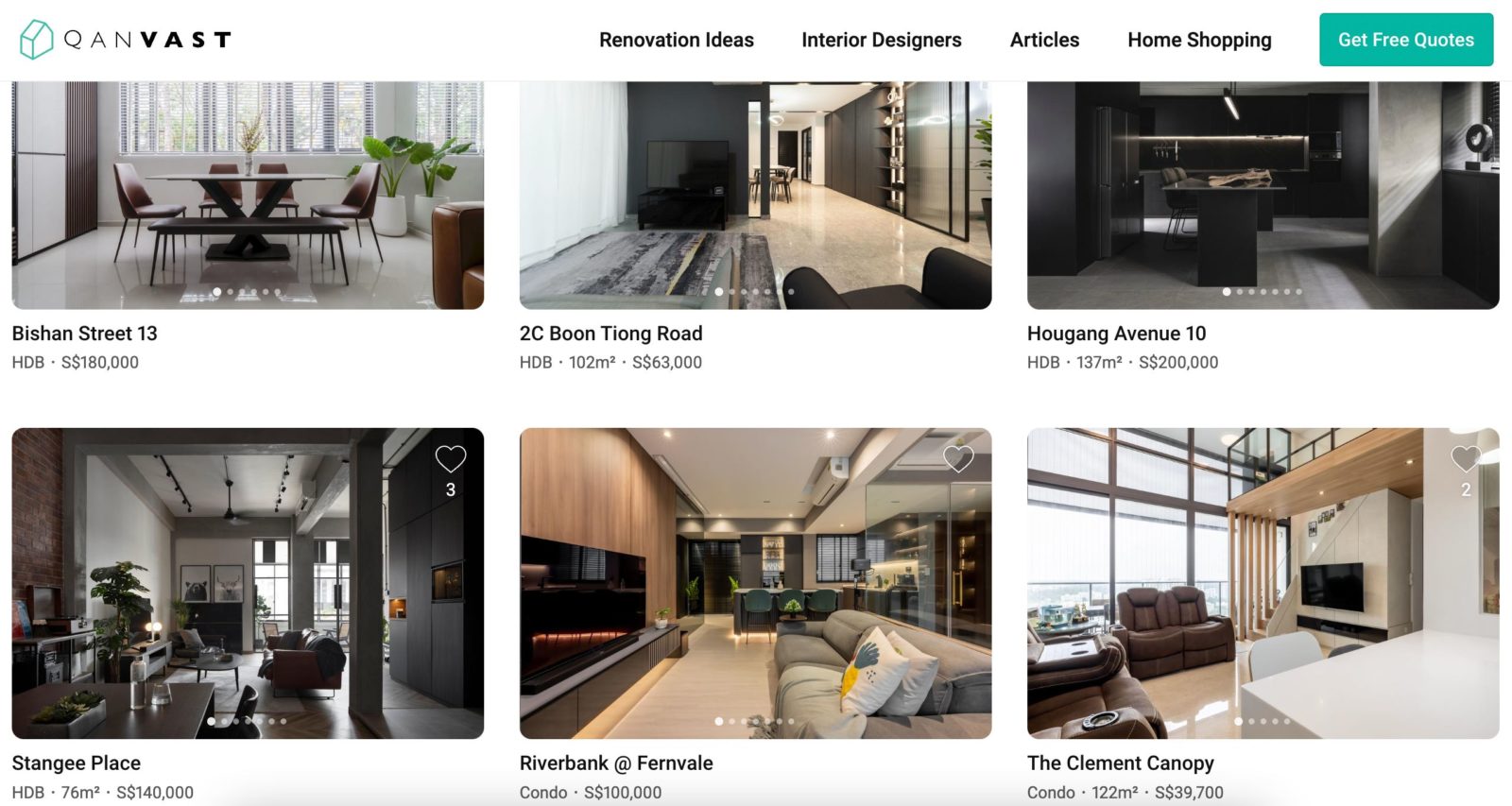
Be wary if an ID says they’re okay with design themes that don’t appear in their portfolio. While every ID is technically trained to execute any style, you may be dealing with a first-timer, or someone that is more desperate to close you. You will invariably be lined up for disappointment when you go through multiple design iterations (wasting time if you have a strict timeline), only to find that the final design is not what you want.
Another factor here is that, if an ID repeatedly executes a certain type of design, they probably have a better, more suited list of suppliers. They may be able to get certain materials cheaper, as they’re regular buyers.
3. Avoid the “everything can” IDs
Good/experienced IDs rarely say yes to everything. They will raise issues such as costs, be frank about lack of experience, or highlight potential issues with the design. They may even recommend someone else for certain features, as they’d rather not soil their reputation with bad work. From experience, they know it is better to manage expectations from the beginning, than to say yes to everything only to piss the client off later when things can’t be done.
So when an ID says no or disagrees, that can sometimes be a good sign.
Ultimately, it’s best to go for several consultations, and see if you can really “vibe” with a particular designer. If this is your first time, educate yourself more on the renovation process such that you are able to ask the right questions to sieve out the inexperienced IDs.
When looking through their portfolio, look out for signs that might point to inexperience. For example, placing washing machines on raised ground (there’s little use for that in most instances), as you might have issues with getting a bigger or different-sized one later.
4. Think of delays as a norm
In a perfect world, there will be no delays in a renovation project. But even with good IDs, unexpected delays could happen. This was common throughout the pandemic period when certain materials just might not come on time, and you needed it to finish the job to be able to start work elsewhere – those delays wouldn’t be something an ID would be able to control.
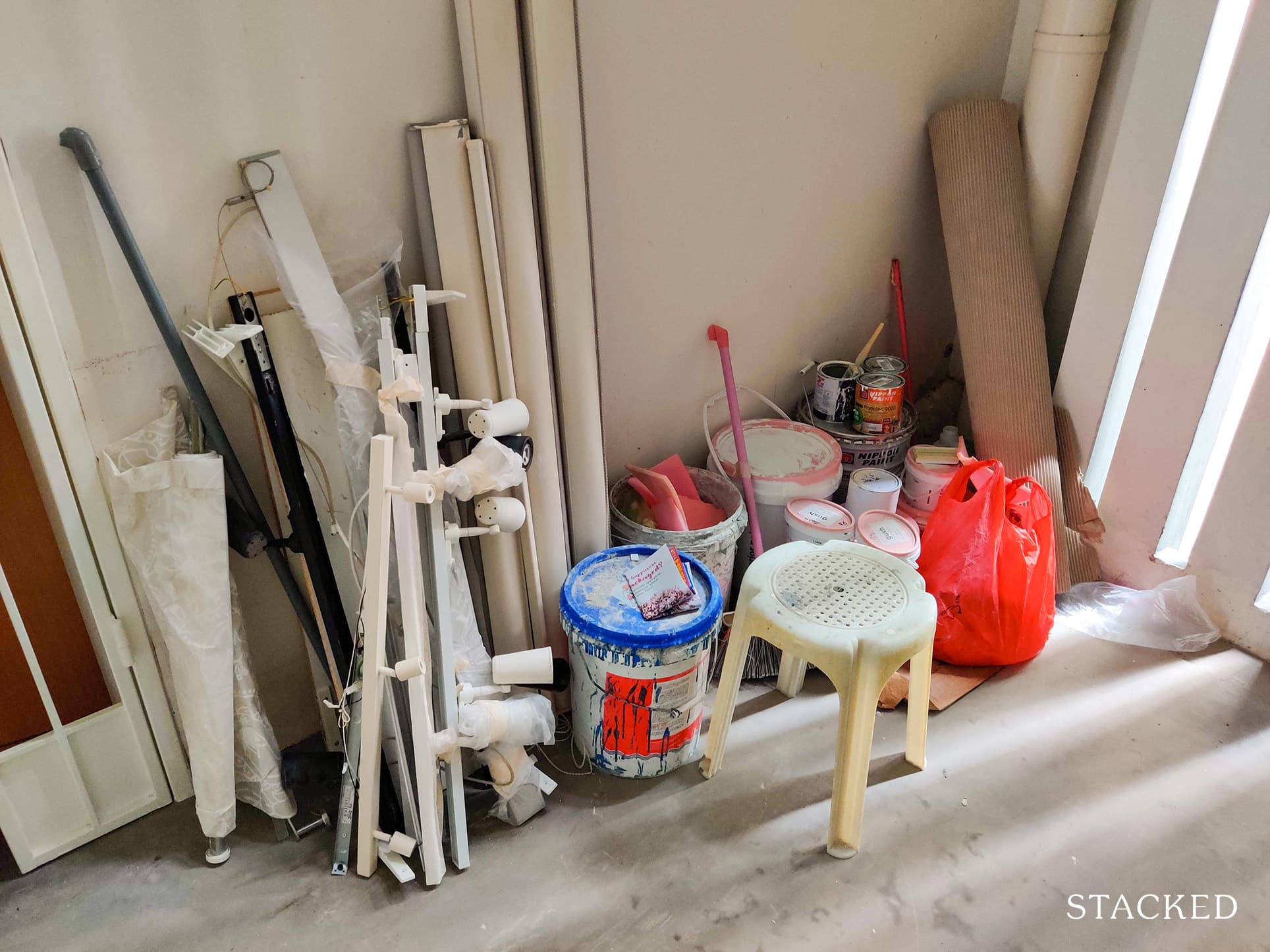
When it comes to renovation work, do note that you can’t be working on everything concurrently as there is a process of how the work has to be done. For example, doing up the floor is often the first thing that has to be done, and you can’t start on other work (like the wall, or the kitchen island), if that isn’t finished. So if the special terrazzo tiles that you like haven’t arrived yet, that will cause delays elsewhere.
But just to prepare yourself mentally (and logistically, if temporary accommodations are needed), always act as if a delay is going to be the norm. Plan for situations where you may cross the deadline by four to six weeks.
A good ID will constantly update you with the state of renovations, and help to work out milestones or a timeline you can agree upon.
5. Don’t pay for everything all at once
Most good IDs will split up the payment, so it’s made progressively as the work progresses. A typical approach is to have four payments (25 per cent of the total cost each time).
You’d want to have the most minimal deposit to start (but do also be fair to the ID), but do be very wary of the ID that wants a big deposit just to start the project – this may be a sign of cash flow problems.

We’ve heard of many stories where the ID has multiple sub-contractors that haven’t received payment, and some may just decide to stop work completely until they are paid. This will definitely cause you delays if that isn’t solved quickly.
Avoid IDs who insist on the entire payment upfront, even if they might offer discounts (or things like a lifetime warranty). This is simply too dangerous to allow, as you face the risk of the ID closing down and running with the money.
Be wary too of payment splits that leave too little at the end for the completion of the project. As a quick example, having just 5 per cent left to pay before the project is done. This can lead to some IDs concentrating on other projects, and leaving you behind because they’ve already received the majority of the payment anyway. You will have little bargaining power at that point, especially if you already have a strained relationship or a very complicated project to deal with.
6. Check if the ID has experience with pets, the elderly, or toddlers
Some IDs haven’t experienced life with elderly parents, two-year olds, curious puppies, etc. While they may be quite skilled, it may not occur to them to take such factors into account. This isn’t to say that you can’t find a good ID that’s young, but you might want to be more careful when a designer is of a younger age who hasn’t even owned or designed their own home.
They might be only concerned about the house looking good (it’s better for their portfolio), but they don’t account for practicality due to their lack of experience.
This can come through especially if you have young kids or elderly to think about. The ID may propose materials that are hard to maintain with kids around, or flooring that looks nice in the bathroom but may be more slippery for older people.
Another example would be the placement of power sockets and light switches – if these are placed too low or too high, it can be a safety hazard for the elderly. Likewise, furniture with sharp ends on the legs is a threat to both children and pets.

A common mistake we see is short flights of stairs without a rail (if there are just five or six steps, an ID may deem it unnecessary to have a safety rail or other barrier). However, the corners of these stairs form sharp edges that children can run into, and the elderly do have problems without a handrail to grip.
Also, look out for hanging wardrobes or overhead storage. These often have sharp edges, and at the wrong height can cause serious injuries to anyone who walks into them.
7. Don’t have an adversarial relationship with your ID
We’ve seen some homeowners who think their relationship with the ID is “police and thief.” They act as if it’s their main job to “catch” the ID doing anything wrong.
This is unpleasant for both parties; and consider the implications if the ID surrenders further payment and storms off (yes, we’ve seen it happen before). Having to get another ID takeover is guaranteed to delay renovations, and will probably incur further costs.
Being adversarial also affects your ID’s behaviour: if they’re tired of arguing, they’ll execute your plans without bothering to tell you it’s a bad idea (see point 3).
8. Hiccups are bound to happen
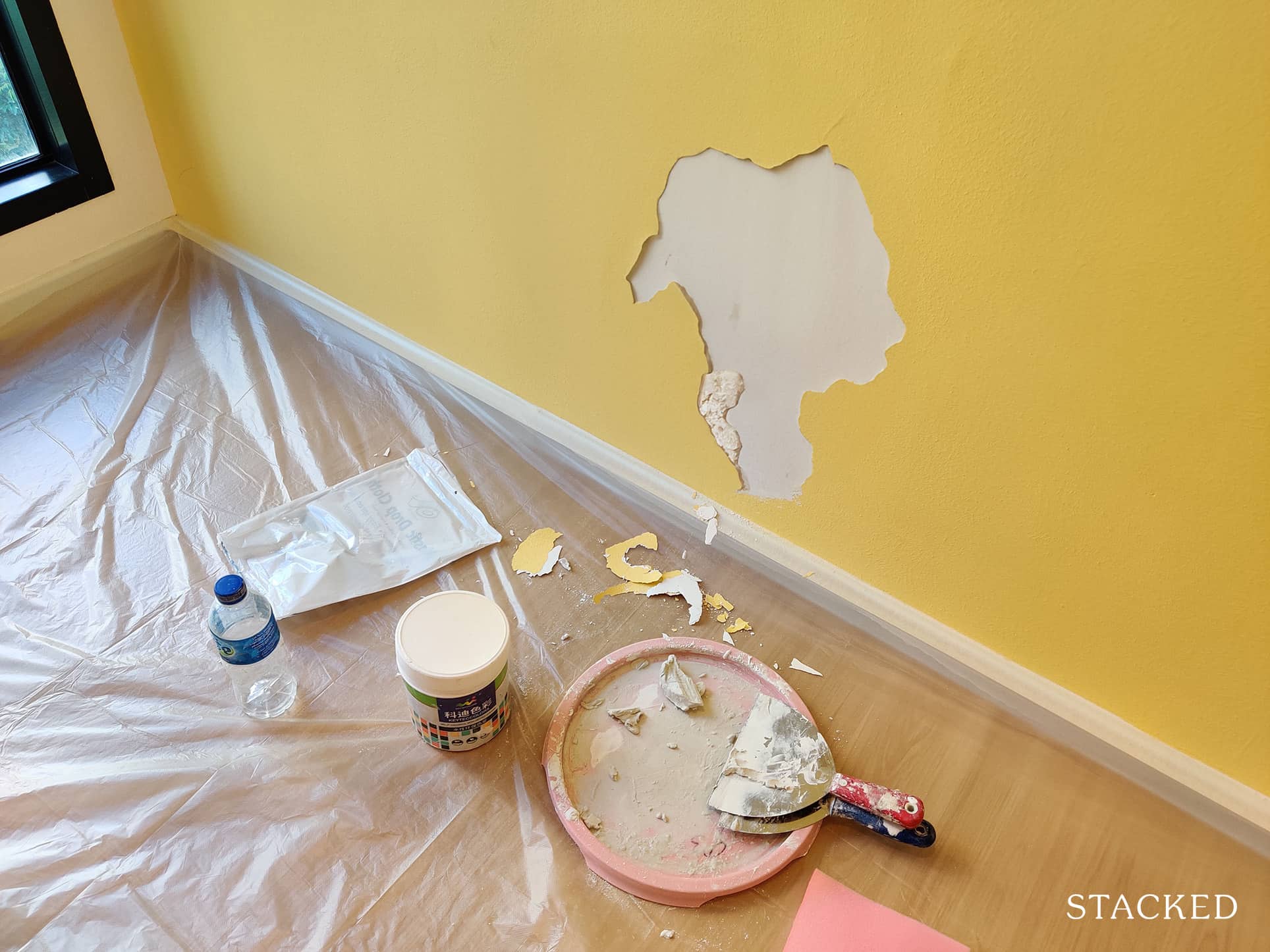
The chances of a renovation not proceeding exactly to plan are high. There are bound to be at least minor miscommunications from time to time; and there will be issues where suppliers or sub-contractors mess up (not really the ID’s fault).
Sometimes it’s worth closing an eye toward minor issues; but do communicate and monitor the project. Don’t be absent for a long time, and then check weeks after major works have been completed (thus requiring it all to be torn down, and incurring costs and delays).
This is also a reason to ask about an ID’s after-sales support. Some problems may not show until a few weeks or months after renovation works. A good ID will have plans in place to deal with that, such as a defects-free guarantee for a certain time period. Again, be careful of promises of lifetime warranty (especially when it’s a small company).
For more help on renovation issues, you can contact us directly at Stacked. Follow us to find out more about homeowner experiences, and get advice from industry experts.
If you’d like to get in touch for a more in-depth consultation, you can do so here.
Ryan J
A seasoned content strategist with over 17 years in the real estate and financial journalism sectors, Ryan has built a reputation for transforming complex industry jargon into accessible knowledge. With a track record of writing and editing for leading financial platforms and publications, Ryan's expertise has been recognised across various media outlets. His role as a former content editor for 99.co and a co-host for CNA 938's Open House programme underscores his commitment to providing valuable insights into the property market.Read next from Property Advice
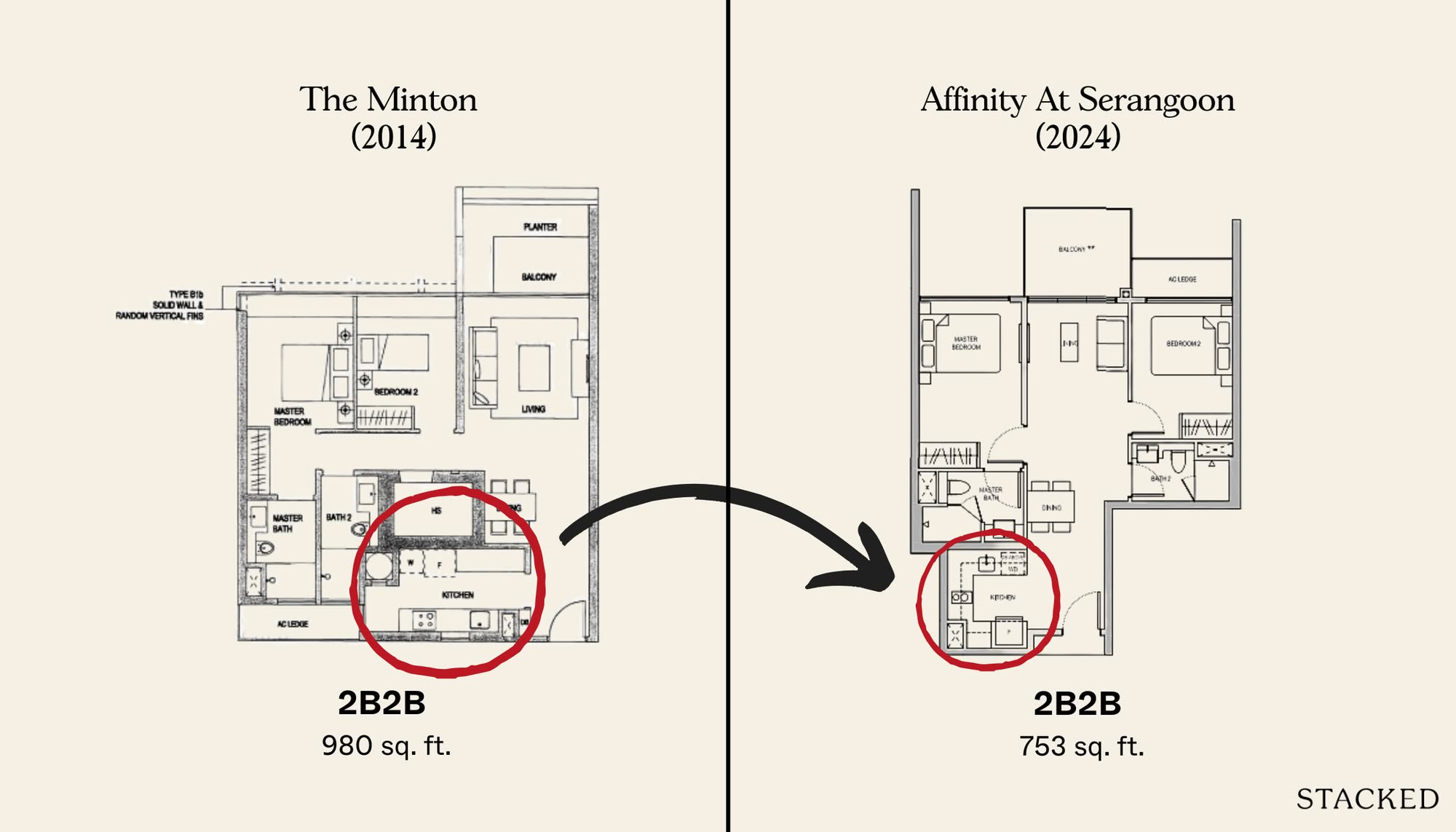
Property Advice The Ideal Size for Each Room of Your Condo to Actually Feel Liveable Revealed

Property Advice 5 Mistakes You Make When Comparing Condo Prices – Your ‘Good Deal’ Might Be Hiding a Secret

Property Advice We Ranked The Most Important Things To Consider Before Buying A Property In Singapore: This One Came Top

Property Advice Why Punggol Northshore Could Be The Next Hotspot In The HDB Resale Market
Latest Posts

Pro District 7 vs District 9: Which Prime Location Has Delivered Better Condo Value?

Overseas Property Investing 4 Hidden Risks To Avoid When Buying Property In Malaysia (A Guide For Singaporeans)

Homeowner Stories I Bought a Freehold Property in Singapore and Regret It — Here’s the Big Mistake I Made

Editor's Pick We Toured A Rare Part Of Singapore Where Terrace Houses Are Bigger Than The Semi-Detached Units

Singapore Property News What Buyers Overlook When Purchasing Older Condos (Until It’s Too Late)

Editor's Pick 5 Ways Housing Shapes Singapore’s National Identity

On The Market 5 Attractive Freehold Condos With Private Pools (Under $2M)

Editor's Pick Springleaf Residence Pricing Review: How It Compares To Nearby Resale And New Launches

Editor's Pick Springleaf Residence Review: A 941 Mega-Development Near The MRT From $1,995 Psf

Property Market Commentary 4 Condo Layouts And Features Buyers Are Moving Away From in 2025

Editor's Pick Summer Suites Condo Review: A Freehold Johor Bahru Condo Near The RTS Link
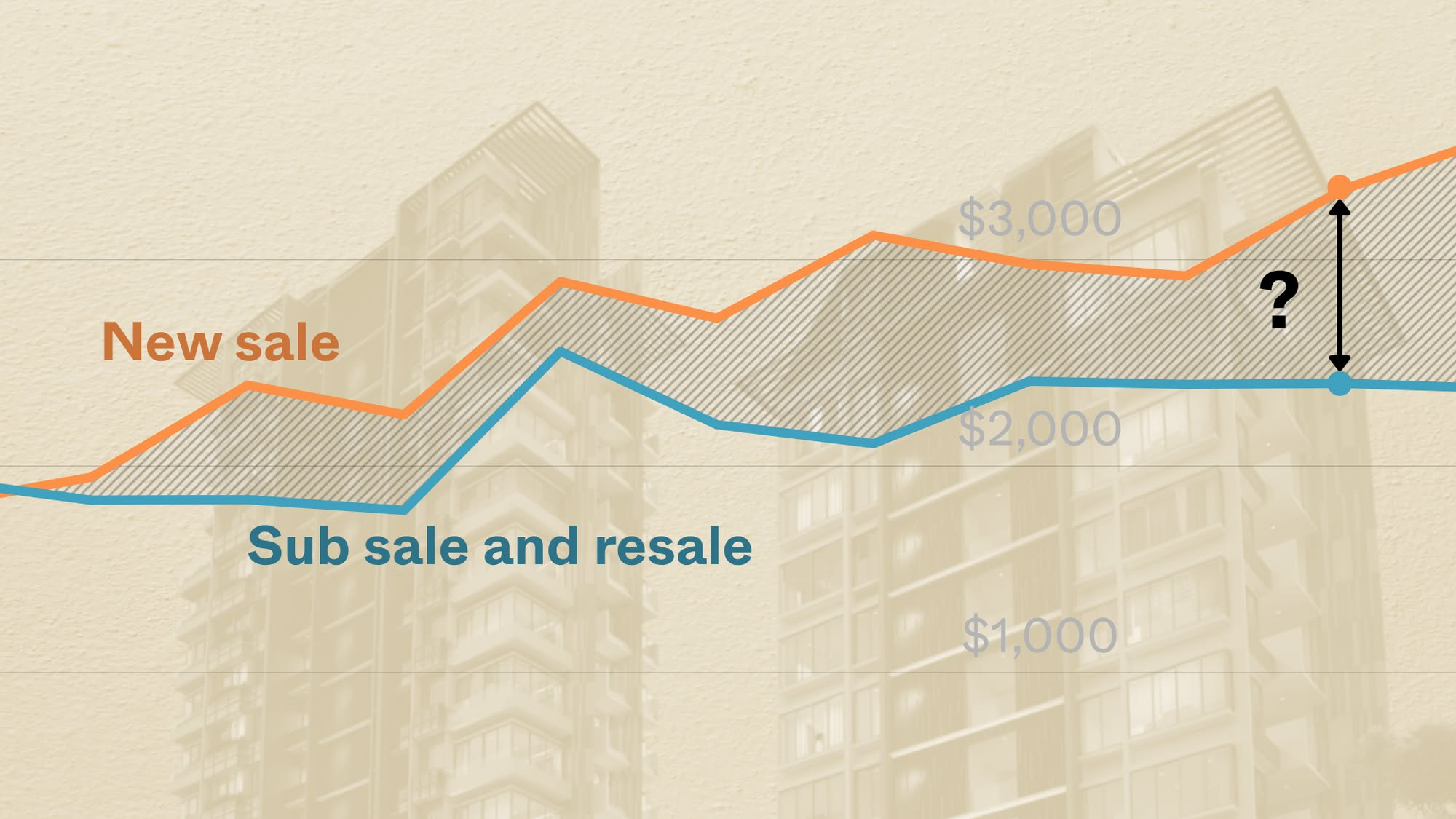
Pro New Launch vs Resale Condos in District 9: Which Bedroom Types Offer Better Value Today?

Editor's Pick Over 900 Units Sold in One Weekend: The Surprising Lessons From River Green, Promenade Peak & Canberra Crescent

Singapore Property News Is Property Decoupling To Avoid ABSD Now Illegal?

Editor's Pick I Visited Freehold Terraces, Semi-Ds, and Detached Homes in the East Ranging from $2.5 Million to $11 Million


